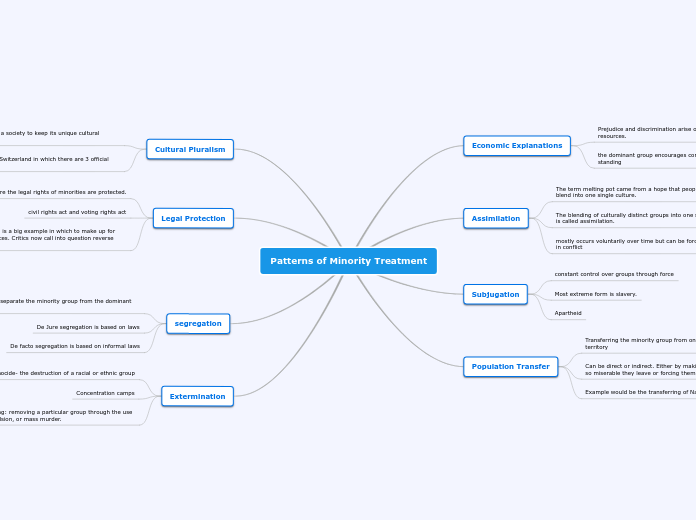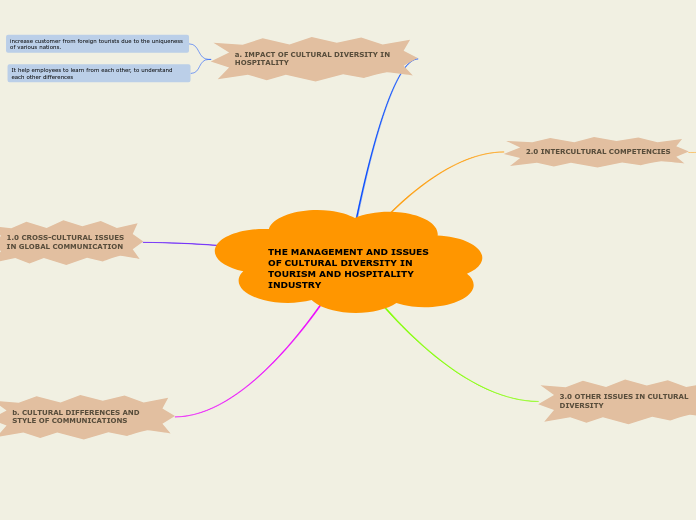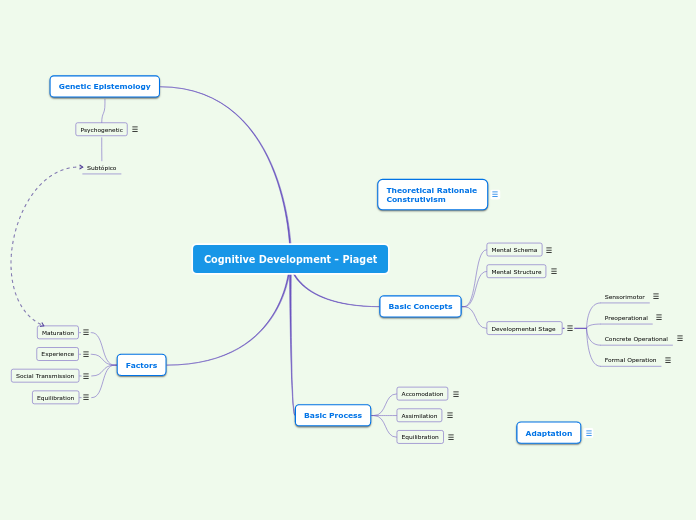Patterns of Minority Treatment
The treatment of minority groups involves a range of practices and policies that can vary from protective measures to extreme forms of oppression. Legal protections such as the Civil Rights Act and the Voting Rights Act aim to ensure the rights of minorities, although measures like affirmative action have sparked debates about reverse discrimination.
開啟
Patterns of Minority Treatment Extermination Ethnic cleansing: removing a particular group through the use of terror, expulsion, or mass murder. Concentration camps Genocide- the destruction of a racial or ethnic group segregation De facto segregation is based on informal laws De Jure segregation is based on laws policies that separate the minority group from the dominant group. Legal Protection Affirmative action is a big example in which to make up for previous imbalances. Critics now call into question reverse discrimination. civil rights act and voting rights act Steps to ensure the legal rights of minorities are protected. Cultural Pluralism popular example is Switzerland in which there are 3 official languages. Allows ech group in a society to keep its unique cultural identity Population Transfer Example would be the transferring of Native Americans Can be direct or indirect. Either by making life for minorities so miserable they leave or forcing them to leave Transferring the minority group from one place to a new territory Subjugation Apartheid Most extreme form is slavery. constant control over groups through force Assimilation mostly occurs voluntarily over time but can be forced resulting in conflict The blending of culturally distinct groups into one single group is called assimilation. The term melting pot came from a hope that people would blend into one single culture. Economic Explanations the dominant group encourages competition to protect its standing Prejudice and discrimination arise out of competition for scarce resources.









